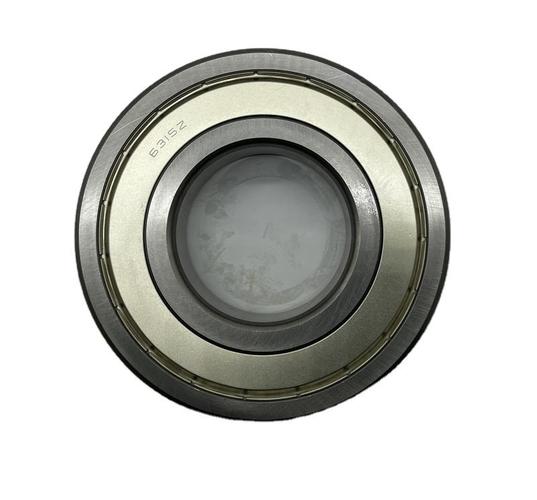Ultimate Guide to Waterproof Marine Shaft Bearings: Maintenance, Selection, and Best Practices
Waterproof marine shaft bearings are critical components in marine propulsion systems, designed to withstand harsh aquatic environments while ensuring smooth rotational motion. These specialized bearings prevent water intrusion, resist saltwater corrosion, and maintain optimal performance under extreme pressure and temperature fluctuations common in marine applications.
1. Waterproof marine shaft bearings maintenance2. Marine bearing corrosion protection
3. Waterproof bearing selection guide
4. Marine shaft seal installation
5. Saltwater-resistant bearing materials
1. Waterproof marine shaft bearings maintenance

Proper maintenance of waterproof marine shaft bearings extends service life by 40-60%. Conduct bi-annual inspections for seal integrity and lubrication levels. Use marine-grade waterproof grease with NLGI 2 consistency for optimal performance. Pressure wash bearings with fresh water after saltwater exposure. Monitor temperature fluctuations – abnormal heat indicates potential seal failure. Implement vibration analysis every 500 operating hours to detect early wear patterns. Always follow manufacturer torque specifications during reassembly to prevent deformation.
2. Marine bearing corrosion protection
Marine bearings require multi-layer corrosion defense. Electroless nickel plating provides 0.0001" uniform protection. Combine with sacrificial zinc anodes for cathodic protection. Apply epoxy resin coatings (minimum 8 mil thickness) for chemical resistance. For stainless steel bearings, passivate surfaces to enhance chromium oxide layer. In brackish waters, use duplex stainless steel (UNS S32205) with PREN >40. Implement galvanic isolation between dissimilar metals using dielectric spacers.
3. Waterproof bearing selection guide
Select bearings based on shaft diameter (tolerance ±0.0005"), RPM (max 3000), and axial load capacity. Polymer bearings withstand 150°F continuous operation, bronze up to 400°F. For high-load applications, choose angular contact bearings with 25° contact angle. Verify IP68 or IP69K waterproof ratings. Critical parameters include: radial play (0.002-0.005mm), dynamic load rating (minimum 50kN), and ABEC-5 precision grade. Always cross-reference OEM specifications with ISO 199 standards.
4. Marine shaft seal installation
Proper seal installation prevents 98% of water ingress failures. Clean shaft surface to Ra 16 µin roughness. Apply Loctite 648 adhesive to seal housing. Use hydraulic press with 2-ton capacity for interference fits. Position lip seals facing water source. For double-seal systems, maintain 3mm gap between seals. Pressure-test at 30 psi for 15 minutes post-installation. Break-in seals by running at 50% RPM for 2 hours with freshwater flush.
5. Saltwater-resistant bearing materials
Leading materials include super duplex stainless steel (yield strength 550MPa), silicon bronze (CuSi3Mn1), and PEEK polymers. Titanium alloys offer 10:1 strength-to-weight ratio but require nickel-free alloys for saltwater. Ceramic hybrid bearings (ZrO2 balls) reduce electrolytic corrosion by 70%. For cost-sensitive applications, 316L stainless steel with 3% molybdenum content provides adequate protection. Always verify NORSOK M-001 compliance for offshore use.
Understanding waterproof marine bearing technology significantly impacts vessel reliability. From material science breakthroughs to precision installation techniques, each aspect contributes to operational success. This guide covers essential maintenance schedules, advanced corrosion prevention methods, and material selection criteria. Whether addressing seal failures or optimizing load capacity, these insights help engineers make informed decisions. Continue reading to discover how proper bearing management reduces downtime by 35% and extends propulsion system lifespan.
Waterproof marine shaft bearings represent engineering excellence in hostile environments. Through proper material selection, precision maintenance, and corrosion management, these components ensure reliable marine operations. Implement the strategies outlined to maximize bearing performance, reduce maintenance costs, and prevent catastrophic failures. For specialized applications, consult bearing manufacturers to customize solutions for your specific marine environment challenges.




 13869596835
13869596835